My column for the March 2020 issue of Caimán Cuadernoas de Cine… — J.R.
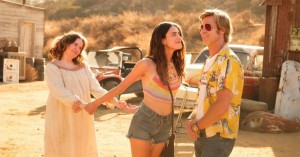

Greasing the wheels of commerce is usually the chief reason for end-of-the-year movie polls, which, like the Academy Awards, only intensifies our ongoing cultural confusion of film criticism with advertising. This helps to explain why (and how) Harvey Weinstein became Janet Maslin’s favourite film critic in her 1999 Cannes coverage for the New York Times, devoting far more space to his (negative) opinions about the prizes than anyone else’s, including the jury’s. (The fact that his own films in the festival hadn’t won prizes was of course crucial.) Perhaps because the head of that jury was David Cronenberg, an intellectual, the need for anti-intellectual cultural arbiters to drown out such controversial choices was as pressing two decades ago as it is today. We all need to be told not once, but repeatedly, why Once Upon a Time…in Hollywood is more important to the state of our civilization, our lives, our senses, and even our ethics than Vitalina Varela, and whereas this sort of gatekeeping function was once reserved for the Times and its consumerist equivalents, today its counterparts have included, among others, Sight and Sound, Film Comment, the New York Review of Books, the London Review of Books, Cahiers du Cinéma, Positif, and, alas, even Caimán Cuadernos de Cine. Read more
Australian critic Adrian Martin has called this no-budget wide-screen video from South Korea a small trash-art masterpiece, arguing that some effects are as dexterously staged as in a Sam Raimi movie but conceding that others fall flat as a pancake. Since fall 2001 it’s been making the rounds of international film festivals, picking up various fans and dissenters en route, and though I’m closer to the former, you should know what to expect: Working the backstreets of Seoul, a Lolita-age hooker in school uniform gets killed by an evil teacher and sliced and diced by a gang, but she returns to wreak vengeance after being stitched back together by a mad scientist — all in an hour. If you can accept such a premise, you’re bound to admire director Nam Gee-wong’s energy and resourcefulness with a threadbare budget. In contrast the accompanying three-minute experimental video Ya Private Sky seems like random aggression, though director Stom Sogo reports that he whittled it down from five hours of Super-8 footage. (JR) Read more
From the Chicago Reader (December 20, 1991). — J.R.
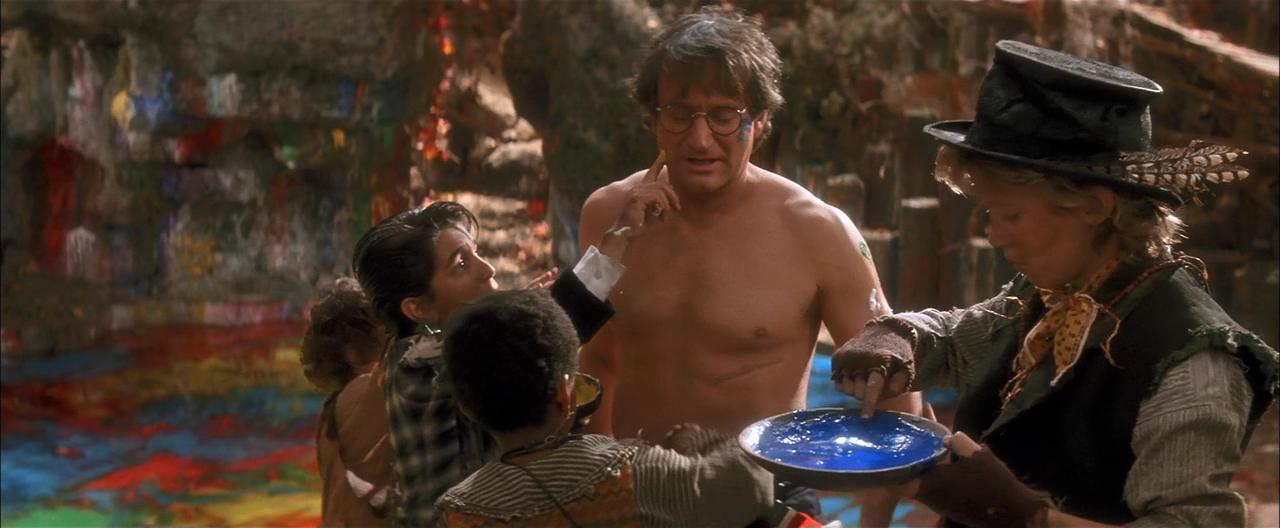
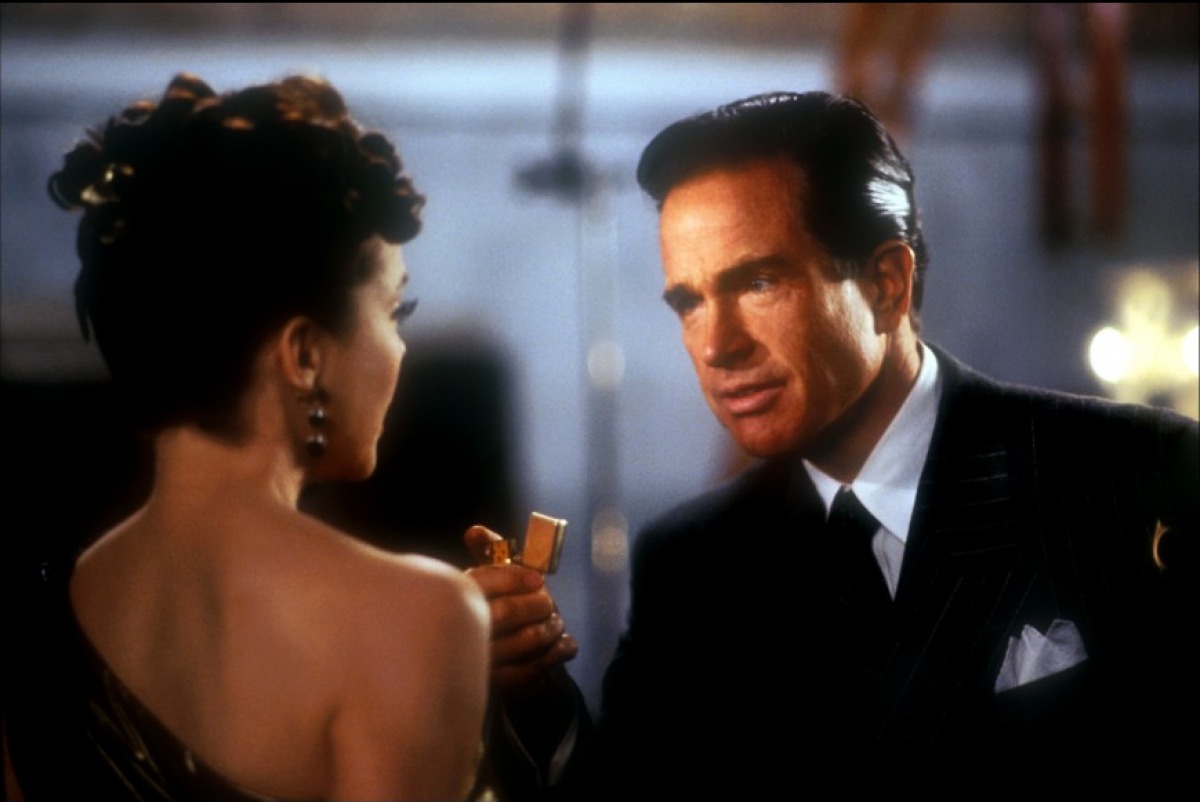
HOOK
** (Worth seeing)
Directed by Steven Spielberg
Written by Jim V. Hart, Malia Scotch Marmo, and Nick Castle
With Dustin Hoffman, Robin Williams, Julia Roberts, Bob Hoskins, Maggie Smith, Caroline Goodall, and Charlie Korsmo.
BUGSY
*** (A must-see)
Directed by Barry Levinson
Written by James Toback
With Warren Beatty, Annette Bening, Harvey Keitel, Ben Kingsley, Elliott Gould, Joe Mantegna, and Bebe Neuwirth.
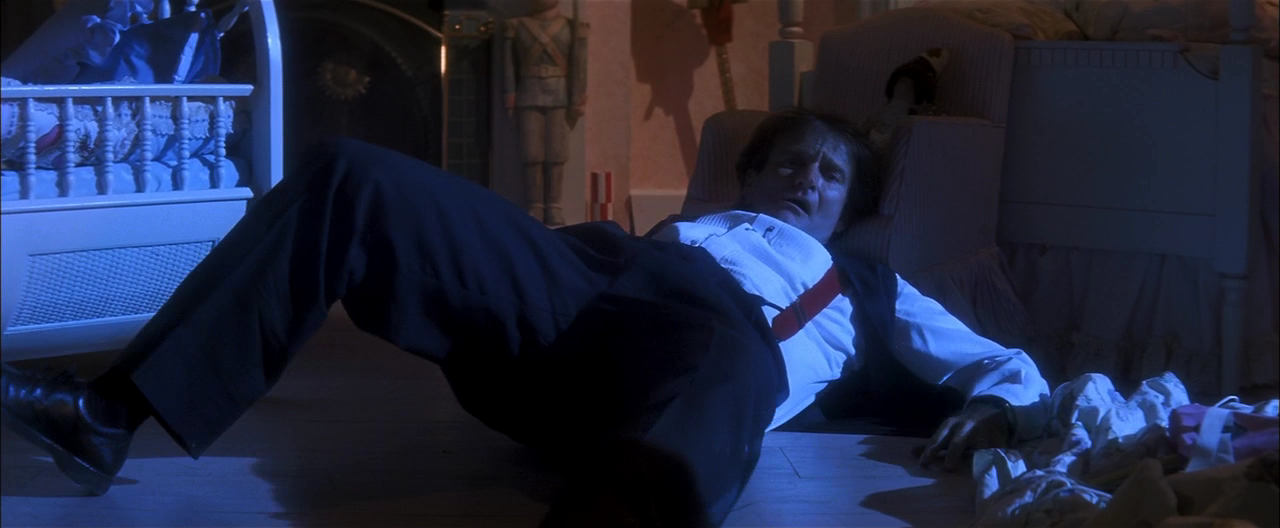
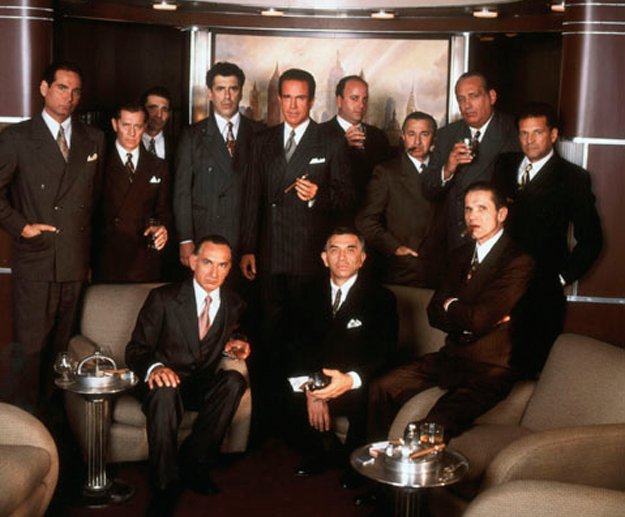
Wistful self-portraits of their respective stars — Steven Spielberg and Warren Beatty, two aging boy wonders lusting after the old magic — Hook and Bugsy are also lengthy meditations on investments, financial as well as spiritual. Coincidentally both projects were conceived seven years ago and have been gestating ever since: Spielberg started planning a straight version of J.M. Barrie’s Peter Pan in 1984, then decided to concoct an updated sequel set in the present, and the same year Beatty commissioned James Toback to write an original screenplay about Bugsy Siegel, which started out as an epic about his entire life and was gradually whittled down to cover only the end of his life in the 1940s. Hook is contrived to move from gloom to joy, while Bugsy charts a slow downward spiral into melancholy; but both movies leave one with a sense of failed purposes — and of an obstinate will to believe that exceeds the meaning or logic of any actual belief. Read more






